7 Mindblowing Reasons Why You Can’t Ignore Moving Your Body Every Day
Remember the Pixar movie Wall-E? When you finally see humans after Wall-E makes it off the planet, they’re 100% sedentary- robots do everything for them, and they never leave their floating chairs. While it might seem like the dream, being sedentary has a lot of health drawbacks, especially in the long term. So to keep from becoming the people of the imagined future, it’s time to start MOVING YOUR BODY!
But how much movement do you need to be healthy?
The truth about how much movement you need in your life is…. as much as possible. But instead of letting that stress you out, look at it as a challenge to see how much movement you can incorporate into your day-to-day life.
Your body is made to move!
Prioritizing healthy movement in your life doesn’t necessarily mean more workouts- there are so many other ways to move outside of what is considered general fitness.
You receive some major health benefits when you add more movement into your life. It can strengthen your heart, bones, brain, and muscles, reduce your risk of disease, and improve your ability to do everyday activities.
All these gains can help you live longer, but the actual goal is to prolong your healthspan.
For example, check out this commercial about a man who picked up a kettlebell. (Be advised though, tears are possible!)
Your lifespan is how long you live, but your healthspan is how much of that you are healthy and able to live your life fully. Everyone’s version of health is different and dependent on other factors in your life, but movement in whatever way you can get it plays a huge part. Even if the most movement you can do in a day is 10 minutes, that still adds up.
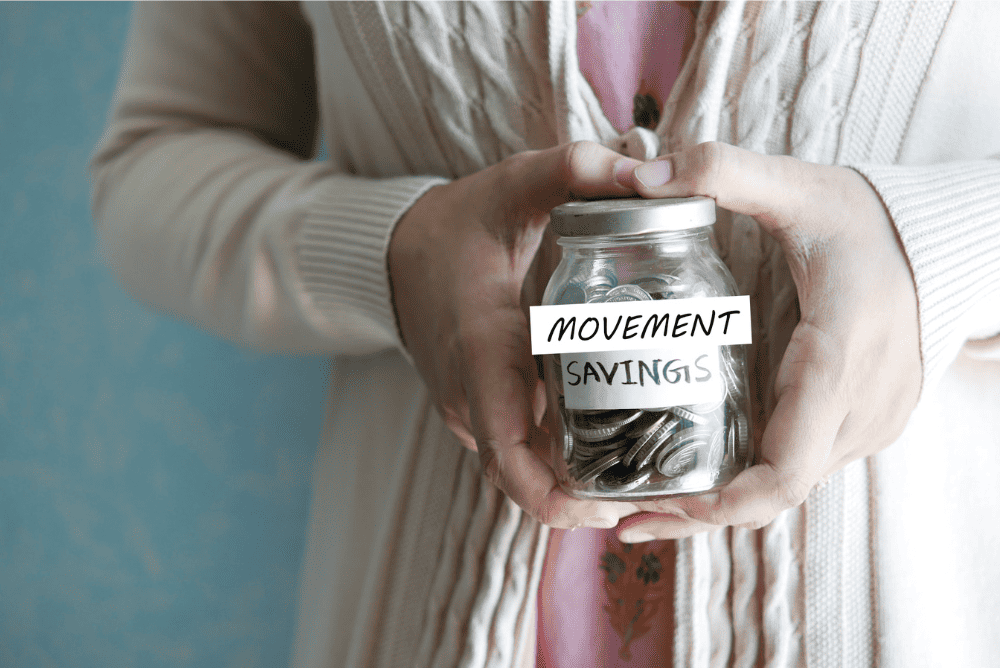
Think about it as a lifetime accumulation. It’s okay to miss some days if you’re still accumulating movement in the long run. It works just like saving money- the more you put into it over time, the more options and health benefits you’ll have available to you later in life. And just like earning interest at a bank, the benefits compound each year you keep moving!
Different types of movements
Most people have heard by now about getting 10,000 steps a day, but just getting steps doesn’t capitalize on all the other ways your body can move.
Ways to move your body include
- twist and rotate
- reach up high
- bend and squat
- move quickly
- balance
- and so much more.
Movement in any form is amazing, but a variety of movements really helps your body continue to move as you get older.
It’s not the same for everyone
It’s important to note that everyone’s body isn’t the same. Moving all day, every day isn’t accessible to everyone, nor is it even necessary. Depending on other life factors such as illness and differing abilities, your movement may look different than others, and discovering how much exercise do you need overall can be dialed in with the help of a coach.
The ultimate goal here is to move in a way that is accessible to you and in an amount that makes your body feel good.
Katy Bowman, author of “Move Your DNA”, is an expert at prioritizing movement in her and her family’s lives. To paraphrase, she says that movement is not optional. Much like the significance of food, movement is a fundamental necessity that cannot be disregarded.
Many ailments you may be experiencing can be seen as indications of movement deficiency, an insufficient intake of the complete spectrum of movement that fosters overall health. Bowman has set up her life to revolve around movement- from prioritizing movement-based activities to sitting in different/unusual positions for variety and joint health.
Use it or lose it
For most things your body can do now, if you don’t use it, you’ll start to lose it over time.
You may have already noticed your body can’t do what it once used to.
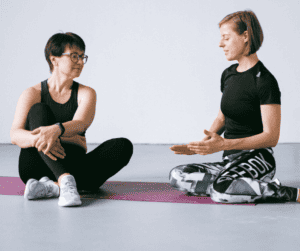
Muscle and bone strength decline are two topics that get a lot of airtime, but power production (moving quickly), balance, and joint mobility also decrease as you age unless you specifically move to prevent it.
This affects things you do every day, such as:
- sitting down and getting up,
- walking up stairs,
- getting out of bed, etc.,
and can make them more challenging.
Exercise to be healthy now AND for the long term.
Here are some suggestions for adding more healthy movement into your day:
- Take the stairs (you’ve heard this one before, but do you actually do it?)
- Park farther away in the store’s parking lot.
- Take a walk while on a phone call instead of sitting down
- Suggest a movement get-together with friends or family- walk, hike, or explore other types of movement you can do together.
- Sit in different positions throughout the day.
- Set a timer to give yourself short movement breaks during the day.
- Add movement to sedentary tasks such as brushing your teeth or watching TV.

Find activities you enjoy that involve moving, such as gardening, hiking, recreational sports, etc.
Sarah Siertle, a strength and movement coach, specializes in introducing people to strength training and works to make the fitness world a more inclusive place. She has been a movement instructor since 2012 and also teaches swing dance around the US. Find other articles written by Sarah on her coach profile. Let Sarah help you get STRONG so you can take advantage of life’s adventures!

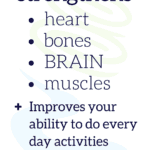



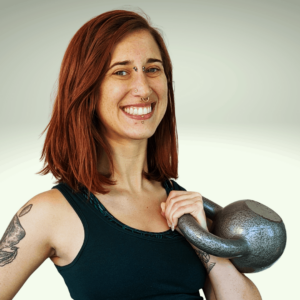
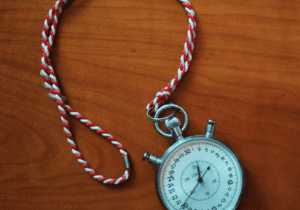

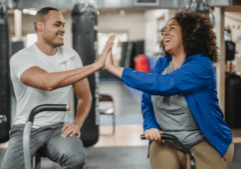

I am a fan of Katy Bowman. Her book, Alignment Matters, is sitting on the shelf next to my desk.
Great article!!!